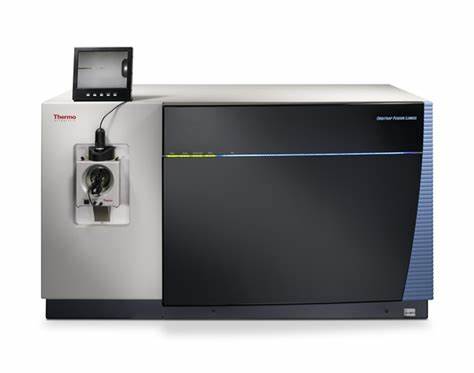Biomarker Panel for Risk of Early Respiratory Failure Following Hematopoietic Cell Transplantation
Posted on 23 Feb 2022
This study identified and validated ST2, WFDC2, IL6 and TNFR1 as risk biomarkers for respiratory failure and related mortality post-HCT.
Allogeneic hematopoietic cell transplantation (HCT) is a life-saving therapy used for malignant and nonmalignant diseases. However, post-HCT pulmonary complications continue to be a significant problem. When severe, pulmonary complications can result in respiratory failure (RF) affecting 10% to 23% of patients.

Currently, there is no simple blood test to guide the susceptibility for RF in the HCT recipient. While some candidate proteomic biomarkers have been studied in the general adult population to prognosticate the severity and mortality associated with acute respiratory distress syndrome (ARDS), little data exist on biomarkers that can predict the development of RF, particularly in children.
A multidisciplinary team of scientist from several institutions and led by the Indiana University School of Medicine (Indiana, IN, USA) included in a study four cohorts of HCT patients (discovery, training, validation, and independent cohorts). The first three cohorts were constituted from a larger HCT study for graft versus host disease consisting of 415 consecutive allogeneic HCT patients prospectively enrolled from 2013 through 2018 at six large USA academic health centers. The patient population was predominantly children, but did include some adults.
Labeled peptide samples were combined into one sample that was fractionated by basic reverse phase chromatography, and pooled fractions were analyzed. The team used tandem mass-spectrometry discovery with an Orbitrap Fusion mass spectrometer (Thermo Fisher Scientific, Waltham, MA, USA) and compared plasma obtained at day 14 post-HCT from 15 patients with RF versus 15 patients without RF. Plasma samples were prospectively collected, frozen, and stored. Plasma samples were used at day 14 and day 7 post-HCT, which were time points prior to the onset of RF in our discovery cohort (Day +24 post-HCT). Proteins were measured in samples from the training and validation cohorts using commercially available enzyme-linked immunosorbent assays (ELISA) using a sequential ELISA approach.
The investigators reported that of the six markers, ST2, WFDC2, IL6, and TNFR1 measured at day 14 post-HCT had the most significant association with increased risk for RF in the training cohort: ST2: Hazard Ratio (HR) 4.5, WFDC2: HR 4.2, IL6: HR 6.9, and TFNR1: HR 6.1, and in the validation cohort: ST2: HR 23.2, WFDC2: HR 18.2, IL6: HR 12.2,, and TFNR1: HR 16.1, after adjusting for conditioning regimen.
The authors concluded that high levels of ST2, WFDC2, IL6 and TNFR1 measured as early as day 7 post-HCT are associated with the development of RF within the first 100 days post-HCT and with mortality with RF. Not only do these biomarkers offer objective data to begin to identify the highest risk patients that may benefit from early intervention, they may also hold promise for therapeutic targets to alter the course and outcome of RF. The study was published on February 9, 2022 in the journal Blood Advances.
Related Links:
Indiana University School of Medicine
Thermo Fisher Scientific














